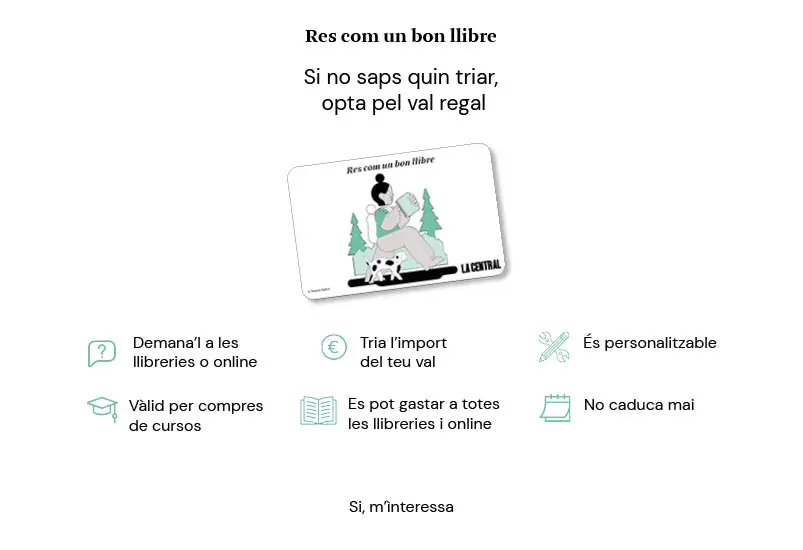Developing Bioinformatics Computer Skills

Developing Bioinformatics Computer Skills
Sense existències ara
Rep-lo a casa en una setmana per Missatger o Eco Enviament*Sobre el libro Developing Bioinformatics Computer Skills de publicado por O´Reilly al 2006:
Contents: Preface I. Introduction 1. Biology in the Computer Age How Is Computing Changing Biology? Isn´t Bioinformatics Just About Building Databases? What Does Informatics Mean to Biologists? What Challenges Does Biology Offer Computer Scientists? What Skills Should a Bioinformatician Have? Why Should Biologists Use Computers? How Can I Configure a PC to Do Bioinformatics Research? What Information and Software Are Available? Can I Learn a Programming Language Without Classes? How Can I Use Web Information? How Do I Understand Sequence Alignment Data? How Do I Write a Program to Align Two Biological Sequences? How Do I Predict Protein Structure from Sequence? What Questions Can Bioinformatics Answer? 2. Computational Approaches to Biological Questions Molecular Biology´s Central Dogma What Biologists Model Why Biologists Model Computational Methods Covered in This Book A Computational Biology Experiment II. The Bioinformatics Workstation 3. Setting Up Your Workstation Working on a Unix system Setting Up a Linux Workstation How to Get Software Working What Software Is Needed? 4. Files and Directories in Unix Filesystem Basics Commands for Working with Directories and Files Working in a Multiuser Environment 5. Working on a Unix System The Unix Shell Issuing Commands on a Unix System Viewing and Editing Files Transformations and Filters File Statistics and Comparisons The Language of Regular Expressions Unix Shell Scripts Communicating with Other Computers Playing Nicely with Others in a Shared Environment III. Tools for Bioinformatics 6. Biological Research on the Web Using Search Engines Finding Scientific Articles The Public Biological Databases Searching Biological Databases Depositing Data into the Public Databases Finding Software Judging the Quality of Information 7. Sequence Analysis, Pairwise Alignment, and Database Searching Chemical Composition of Biomolecules Composition of DNA and RNA Watson and Crick Solve the Structure of DNA Development of DNA Sequencing Methods Genefinders and Feature Detection in DNA DNA Translation Pairwise Sequence Comparison Sequence Queries Against Biological Databases Multifunctional Tools for Sequence Analysis 8. Multiple Sequence Alignments, Trees, and Profiles The Morphological to the Molecular Multiple Sequence Alignment Phylogenetic Analysis Profiles and Motifs 9. Visualizing Protein Structures and Computing Structural Properties A Word About Protein Structure Data The Chemistry of Proteins WebBased Protein Structure Tools Structure Visualization Structure Classification Structural Alignment Structure Analysis Solvent Accessibility and Interactions Computing Physicochemical Properties Structure Optimization Protein Resource Databases Putting It All Together 10. Predicting Protein Structure and Function from Sequence Determining the Structures of Proteins Predicting the Structures of Proteins From 3D to 1D Feature Detection in Protein Sequences Secondary Structure Prediction Predicting 3D Structure Putting It All Together: A Protein Modeling Project Summary 11. Tools for Genomics and Proteomics From Sequencing Genes to Sequencing Genomes Sequence Assembly Accessing Genome Informationon the Web Annotating and Analyzing Whole Genome Sequences Functional Genomics: New Data Analysis Challenges Proteomics Biochemical Pathway Databases Modeling Kinetics and Physiology Summary IV. Databases and Visualization 12. Automating Data Analysis with Perl Why Perl? Perl Basics Pattern Matching and Regular Expressions Parsing BLAST Output Using Perl Applying Perl to Bioinformatics 13. Building Biological Databases Types of Databases Database Software Introduction to SQL Installing the MySQL DBMS Database Design Developing WebBased Software That Interacts with Databases 14. Visualization and Data Mining Preparing Your Data Viewing Graphics Sequence Data Visualization Networks and Pathway Visualization Working with Numerical Data Visualization: Summary Data Mining and Biological Information Bibliography IndexEl llibre Developing Bioinformatics Computer Skills de pertany a la matèria
Veure altres ressenyes de Ciències
Temàtica
Ètica de la cohabitació
La "descosificació" dels animals en admetre el seu estatut d'éssers que senten, implica conseqüències ètiques i polítiques d'ampli abast, incloent-hi la possibilitat de considerar-los en qualitat d...

Ressenya
David M. Peña Guzmán
Cuando los animales sueñan
Cualquier persona que haya convivido alguna vez con un animal sabe que éstos sueñan. No cabe siquiera imaginar lo contrario, puesto que reproducen, estando dormidos, movimientos y sonidos asociados...

Ressenya
Antonio Turiel
Sense energia
Antonio Turiel ens confronta amb un futur pròxim on la crisi energètica, la geològica, l’ecològica o l’espiral inflacionista són ja fenòmens científicament inevitables i davant dels quals haurem d...

Ressenya
Francesc Tosquelles
Funció poètica i psicotèrapia
L’interès de tota tasca psicoterapèutica, afirma Tosquelles, no és altre que l’interès per allò que anomenem «subjecte». Quan parla d’aquest subjecte, però, Tosquelles no fa referència a cap «jo c...






